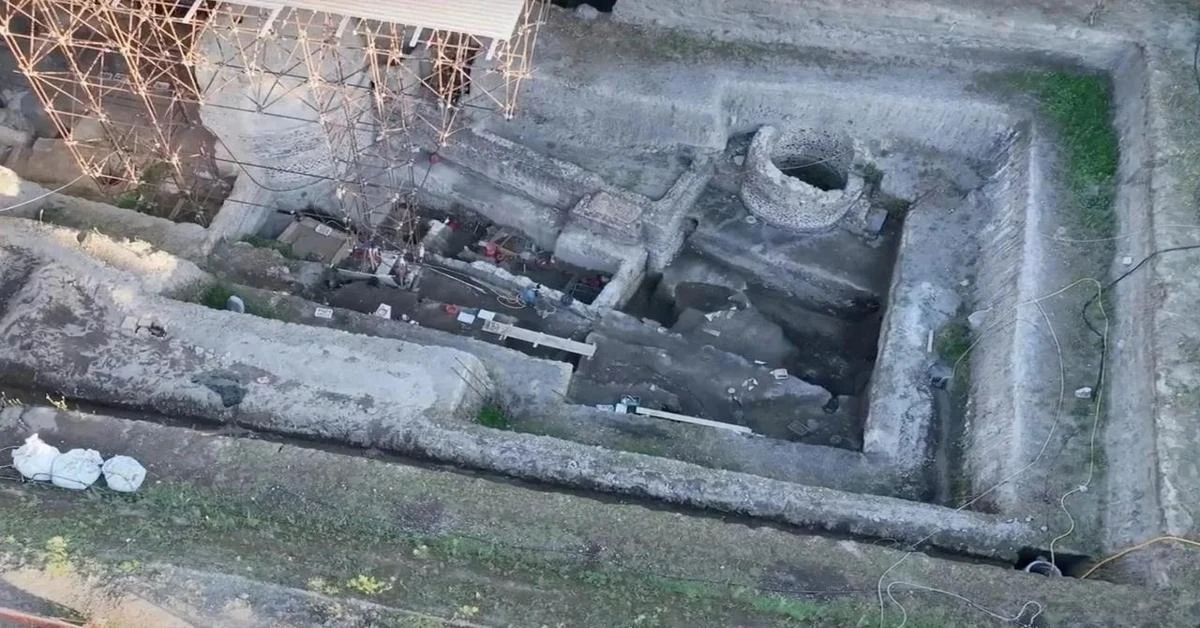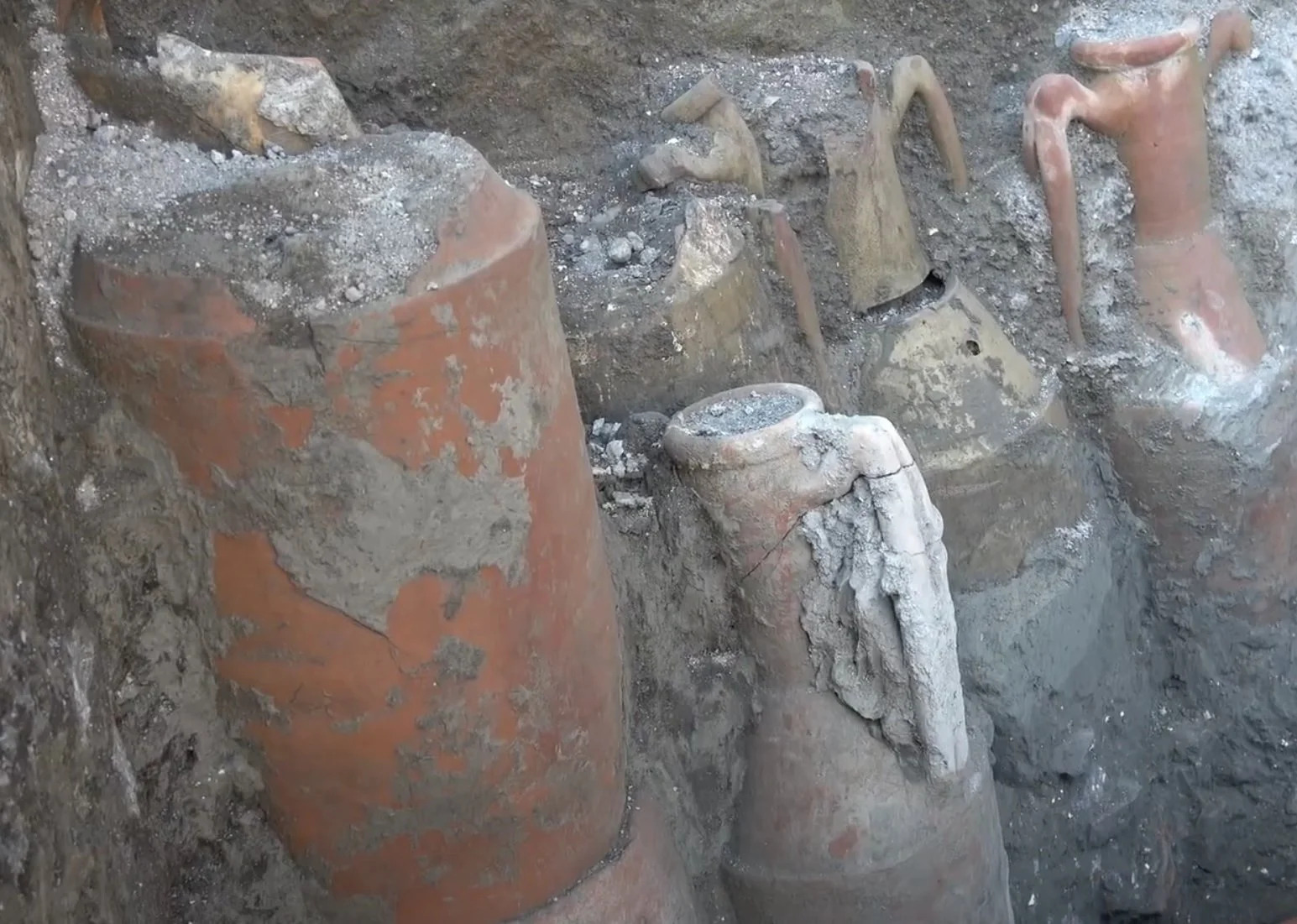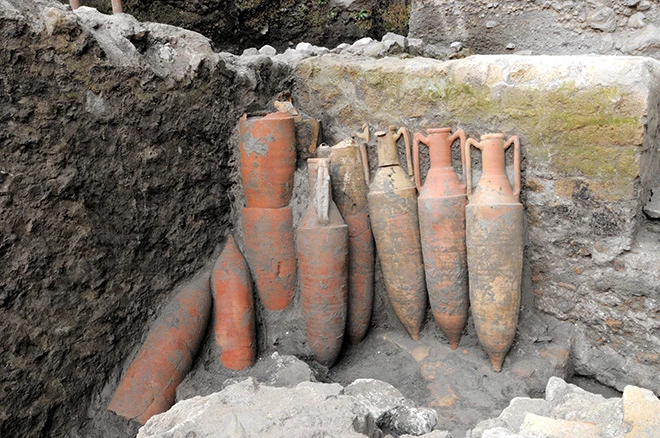Archaeologists uncover traces of Villa of Augustus in Italy

In Somma Vesuviana, traces of the structure interpreted as the Villa of Augustus were found during excavations carried out by archaeologists from the University of Tokyo
Excavations carried out by archaeologists from the University of Tokyo in Somma Vesuviana, a town in the Metropolitan Municipality of Naples, Italy, have uncovered traces of a structure interpreted as the Villa of Augustus.
In Roman times, the area served as a vacation spot for the wealthy patricians of Rome or wealthy property owners who built large villa complexes.
The building, assumed to be the Villa of Augustus, dates back to the second century A.D., but more recent studies have shown that traces of the Augustan period were found in a lower context.

Gaius Julius Caesar Augustus served as Roman Emperor from 27 B.C. until his death in 14 A.D. According to accounts by Tacitus and Suetonius, Augustus is believed to have died in a villa on the north side of Mount Vesuvius, which was later consecrated as a temple for the Imperial cult.
Archaeologists have confirmed that the villa predates the eruption of Vesuvius using radiocarbon dating and physical and chemical analysis of layers of volcanic pumice.
The 79 A.D. eruption of Mount Vesuvius unleashed a deadly cloud of molten rock, pulverized pumice and hot ash at a rate of 1.5 million tons per second.

According to a press release by the University of Tokyo, studies of the building show that even the northern slopes of Mount Vesuvius were affected by the eruption.
The team used the same dating of the volcanic material from the adjacent buildings and the discovery of amphorae from the first century A.D. to support the assumption that it was the Villa of Augustus.
Studies on the second-century A.D. building show the reuse of the earlier building’s architectural features and the process of “reconstruction” in the area.
These studies are seen as an important step in uncovering the traces of the Villa of Augustus and understanding the effects of Mount Vesuvius.
Source: Newsroom



